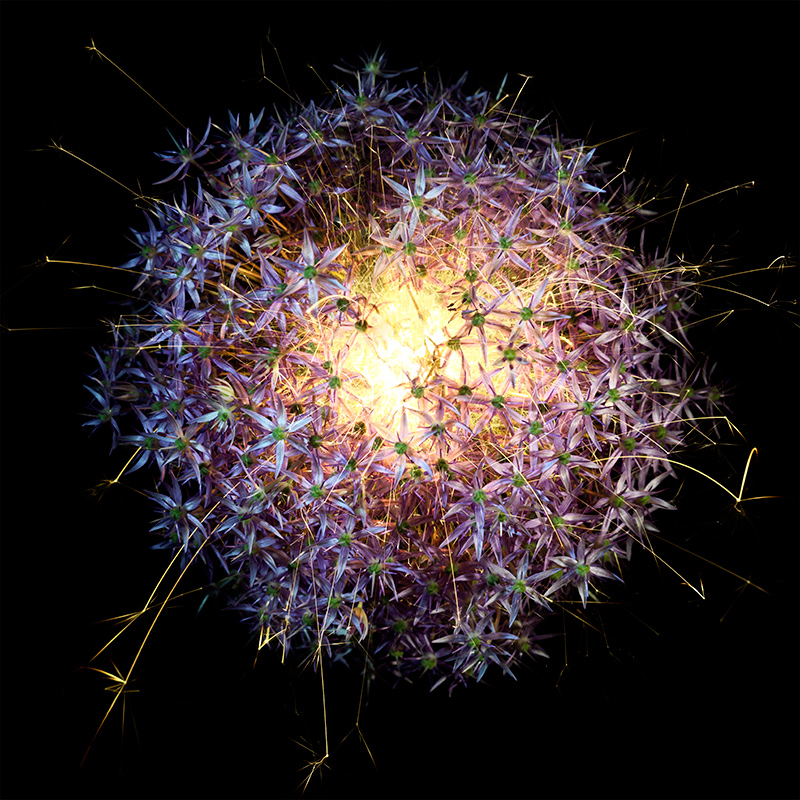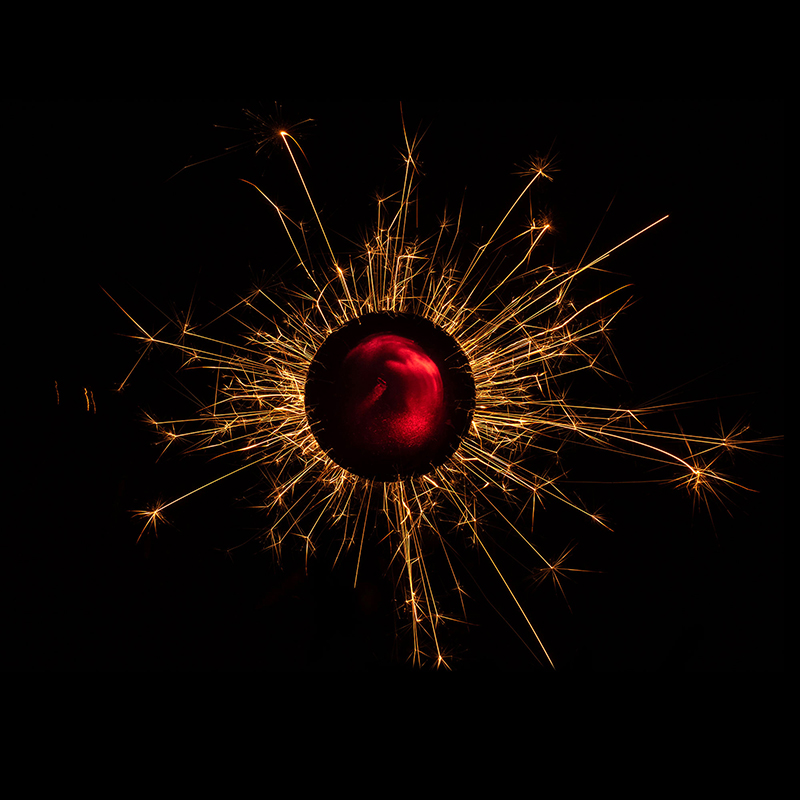GOING CIRCULAR or CIRCULARITY where products are created with their own end-of-life taken into account
Author: Distil Ennui | Post Date: 31-12-2021
Circularity is a simple concept. It means that a product is created with its own end-of-life taken into account. In a circular economy, once the user is finished with the product, it goes back into the supply chain instead of being dumped into landfill.
Circularity focuses on resource cycles, while sustainability is more broadly related to people, the planet and the economy. Circularity and sustainability stand in a long tradition of related visions, models and theories.
If we think for a minute on our daily lives, and the daily consumption that we all engage with, the type of transport we choose, the food in our fridge, the materials we use for our work; everything that we come into contact with has been created to service those needs. Now if you think about what packaging it arrives in, where it comes from and where it might end up; then and only then are you prepared to make real life changes that can have a dramatic effect on the natural world.
Of course I could stand on my soap box and preach the good word, but not actually effecting it in my own life and studio practice; but this kind of empty dialogue is all to readily seen across the political, social and corporate landscape already. I discussed at length the issue of sustainability with Islanders Magazine back in August 2021 just after the opening of 'Makers Place', the first carbon neutral recycling facility in the Maldives I setup with the Soneva Namoona Foundation. Since then the facility and its community function has flourished, recycling the plastic and aluminium single use packaging problem plighting the region and oceans globally. But the conversation goes far deeper for me personally.
From the very early years I have been mindful of the products and services coming into being through my actively engaging with them. How did these apples end up being on the table, where were they grown, how and through what supply chain did they end up here. That is a lot of questions just pertaining to a few apples on the table, now once you start thinking like this, about the circularity of things you can broaden the scope of conversation to every element of your life.
A simple example of bad design within manufacturing and our foolish engagement with it is the non conformity of power chargers. Think of the number needed for charging the multitude of electronic devices in our lives. We all have a drawer, cupboard or storage box somewhere just rammed full of old chargers and cables, somehow we have collected them over the years and seem to have a personal nostalgia that someday they will come back into re-use, but we are kidding ourselves. Manufacturers should have thought 20 years ago of the stupidity and waste that not all devices working together brings. By designing products to all use the same modular charging or power systems would avoid this terrible waste of materials and the pollution (carbon footprint) related to their production. Its a simple train of thought that has far reaching ramifications for the environment and the natural world.
The European Union Commissions research estimates that the disposal of and unused charging cables alone in the EU generated more than 11,000 tonnes of waste in 2020. In September 2021 the EU ruled that mobile phones and small electronic devices must have conformity in their charging platforms. Apple are fighting this proposal tooth and nail and as such it may take another 5 years to come into effect if at all, which reeks of corporate protectionism over clear acts of design Ecocide. View the supporting data and article on the BBC dated 23rd Spetember 2021 here.
Power wastage throughout the home and office is another huge area of concern, where design at the manufacturing level could avoid the needlessly running billions of electronic products that are all consuming power while not in use. Think of your television or oven for example, why do they need to have a passive power on state when not in use? A simple redesign would enable them to actually consume no power when not actually doing their job. Its a small amount of power use for each I grant you, but add up all the billions upon billions of devices and their associated power usage across the globe and you can easily see the vast impact we are talking about, simply by using the Sustainability and Circularity principles at the early design stage, decades of waste could have been thought of and designed out of the product.
Circularity could be given a huge boost to re-using electronic goods for example if we were able to open up a charger lets say from Japan, and a similar (but different manufactured) product say in Europe; knowing that the copper, plastic housing, circuit board and even the solder used to fuse the electronics into action, were in fact all exactly the same. Making the recycling of all these products a far simpler and verifiable path, so we do not end up with things that are just too difficult to recycle into another socially responsible use.
Illustrating this text below are a selection from the 'Fusion' series (dated 2010 - 2021) where I explore the relationship of human development, consumption, ecocide and pollution within the context of the Earths natural resources and its ability to sustain life as we know it if we continue on our current destructive path.

'Fusion' untitled plate 8080, dated 2010.

'Fusion' untitled plate 0984, dated 2021.

'Fusion' untitled plate 01520, dated 2020.
I hope you found this journal entry informative, please stay connected.
Join the mailing list.. Register
Telegram Channel.. DistilEnnui
Instagram.. AJHamilton.Artist
Twitter.. DistilEnnui
Support on Patreon.. SustainableArt